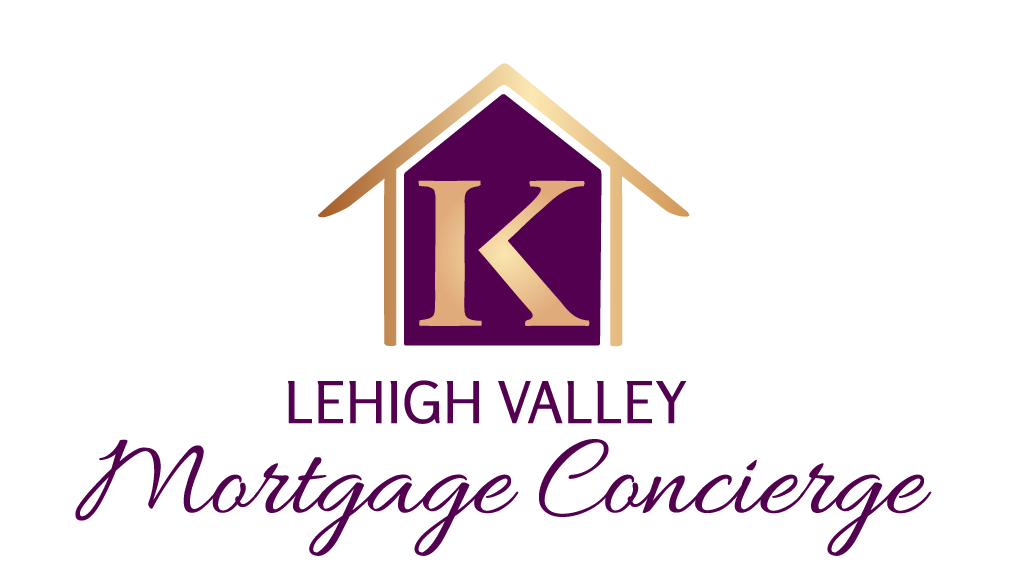Buying a home is one of the biggest financial decisions most people will ever make. And at the heart of that decision lies the crucial step of choosing the right mortgage. With a variety of loan options available, it can feel overwhelming to navigate the landscape. But fear not! Understanding the fundamental differences between FHA, VA, conventional, and adjustable-rate mortgages can empower you to make an informed choice that aligns with your unique circumstances and financial goals.
Let’s break down these common loan types:
1. FHA Loans: The Accessible Option
- What it is: FHA loans are insured by the Federal Housing Administration. This government backing makes them a popular choice, especially for first-time homebuyers and those with less-than-perfect credit or a smaller down payment.
- Key Features:
- Lower Down Payment Requirements: FHA loans often allow for down payments as low as 3.5%. This can make homeownership more accessible for those who haven’t saved a large sum.
- More Flexible Credit Requirements: While there are minimum credit score requirements, they are generally more lenient than those for conventional loans.
- Mortgage Insurance Premiums (MIP): FHA loans require borrowers to pay mortgage insurance premiums. This includes an upfront premium paid at closing and annual premiums paid monthly. These premiums protect the lender in case of borrower default.
- Who it might be right for:
- First-time homebuyers.
- Borrowers with lower credit scores.
- Individuals with a smaller down payment.
2. VA Loans: Honoring Service and Sacrifice
- What it is: VA loans are guaranteed by the U.S. Department of Veterans Affairs and are available to eligible active-duty military personnel, veterans, and surviving spouses.
- Key Features:
- No Down Payment Required: One of the most significant advantages of a VA loan is that it often requires no down payment.
- No Private Mortgage Insurance (PMI): Unlike conventional loans with a low down payment, VA loans typically don’t require private mortgage insurance.
- Competitive Interest Rates: VA loans often come with favorable interest rates.
- Limitations on Closing Costs: The VA places limits on the closing costs that lenders can charge.
- Who it might be right for:
- Eligible active-duty military personnel.
- Veterans.
- Surviving spouses who meet specific requirements.
3. Conventional Loans: The Traditional Path
- What it is: Conventional mortgages are not insured or guaranteed by the federal government. They are offered by private lenders, such as banks, credit unions, and mortgage companies.
- Key Features:
- Varying Down Payment Requirements: Down payment requirements can range from as low as 3% to 20% or more, depending on the lender and the loan program.
- Credit Score Requirements: Conventional loans typically have stricter credit score requirements compared to FHA or VA loans.
- Private Mortgage Insurance (PMI): If your down payment is less than 20%, lenders usually require you to pay private mortgage insurance (PMI) until you reach a certain equity level (typically 20%). Once you reach that threshold, you can often request to have PMI removed.
- Variety of Loan Programs: Conventional loans come in various forms, including fixed-rate and adjustable-rate options.
- Who it might be right for:
- Borrowers with good to excellent credit.
- Individuals who have a larger down payment.
- Those looking to avoid the ongoing mortgage insurance premiums associated with FHA loans once they reach sufficient equity.
4. Adjustable-Rate Mortgages (ARMs): The Variable Option
- What it is: Unlike the fixed interest rate of the loans discussed above, an adjustable-rate mortgage (ARM) has an interest rate that is fixed for an initial period and then adjusts periodically based on market conditions.
- Key Features:
- Initial Fixed-Rate Period: ARMs typically start with a lower interest rate than fixed-rate mortgages for a specific period (e.g., 5/1 ARM, where the rate is fixed for the first 5 years and then adjusts annually).
- Adjustable Interest Rate: After the initial fixed period, the interest rate will fluctuate based on a specific index plus a margin determined by the lender.
- Rate Caps: Many ARMs have rate caps that limit how much the interest rate can increase at each adjustment period and over the life of the loan.
- Who it might be right for:
- Borrowers who plan to move or refinance before the initial fixed-rate period ends.
- Individuals who are comfortable with the risk of potential interest rate increases and believe rates will remain stable or decrease.
- Those seeking a lower initial monthly payment.
Making the Right Choice for You
Choosing the right mortgage is a personal decision that depends on your individual financial situation, creditworthiness, down payment savings, risk tolerance, and long-term homeownership goals.
Here are some questions to ask yourself:
- What is my credit score?
- How much do I have saved for a down payment and closing costs?
- How long do I plan to stay in this home?
- Am I comfortable with the possibility of my interest rate changing?
- What are my monthly payment affordability limits?
Don’t Go It Alone!
The mortgage process can be complex, and it’s highly recommended to consult with a qualified mortgage lender, like us! We can help you understand the nuances of each loan option, assess your eligibility, and guide you towards the best choice for your unique circumstances.
By understanding the fundamental differences between FHA, VA, conventional, and adjustable-rate mortgages, you’ll be well-equipped to navigate the maze and confidently choose the loan that sets you on the path to successful homeownership.

